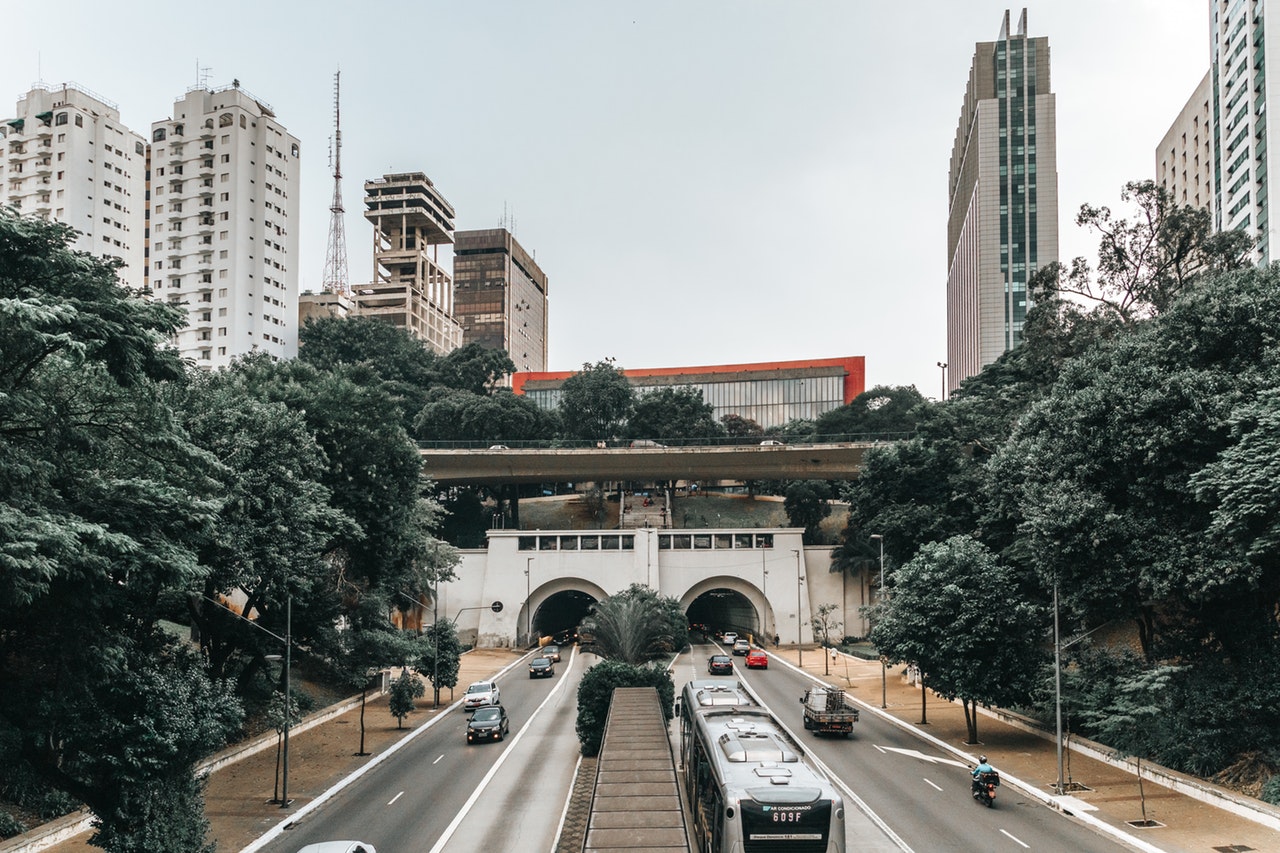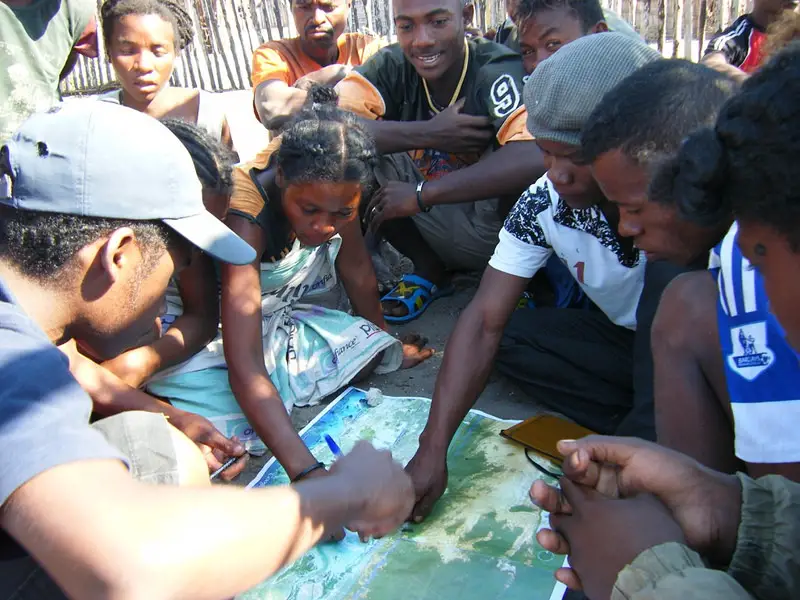We have seen urban and artistic interventions in our cities for decades. Sometimes, they are perceived as simple vandalism acts or as anecdotal, with interpretations ranging from the appreciation to the (anonymous) artists who alter the public space.
The first graffiti, understood as a drawing or word scratched or scribed on a surface in a public space, dates back to Ancient Egypt, Ancient Greece and the Roman Empire. During the last century, after the World War I, the avant-gardes continued these artistic interventions, and by the end of World War II, graffiti had become one of the most widespread and popular creative techniques, albeit mainly in Western cities.
During the last two decades, graffiti has been mingled with other interactive techniques within the urban space; bottom-up initiatives where urban participation, collectivism and neighbourhood involvement were the key to success.
New methods have already started appeared within the public sphere, such as yarn-bombing or guerrilla wool (which consists of decorating or transforming urban spaces with hand-woven crochet), trash art (creating inspiring art from abandoned refuse), and light installations (introducing technology within remote parts of cities such as tunnels where lights are activated by movement).


These creative and artistic practices matured in Western cities that experienced population growth during the post-industrial and postmodern age. Coercive policies, mass culture, social conflicts, coexistence in large cities, the privatisation of public spaces and constant surveillance in our cities are some of the motivations that drive individuals and social groups to hack into what should be common, taking over the social rather than observing what is happening in our cities.
As Francisco de Pájaro states in an interview published on Junk Culture:
“Rubbish is the only legal place you can make art on the street. There was a law in 2006 in Barcelona which outlawed painting on the street, suddenly all of the freedom was eliminated – all the best artists from Barcelona left. I couldn’t paint on the floor, on the walls, anywhere, but I had a need to express myself, so where? Well, I started painting on rubbish, on a chair, on a mattress, little by little, I made little discoveries.”
Like him, most artists and practices look at the city as a common place to share their thoughts and express themselves, not only introducing a tag or a message into the streets but literacy, greenery and the art of sharing; trying to beautify the space by using less disruptive tactics and “warm” human interventions.
That is the case of the Berlin Book Forest developed and realised by BauFachFrau, involving carpenters, cabinetmakers, media designer and booksellers. They conceived the street as a social library, where a book exchange kiosk is set amidst the vegetation in a tree lined street in the neighbourhood of Prenzlauer Berg.

The kiosk consists of several trunks cut at varying heights and put together to mimic a tree cluster in the “street-forest”. Each trunk has several rectangular box shelves carved into it with a plastic flap hanging over the openings to protect the books from wet weather.
Passers-by are free to take any book from the shelves with just opening the plastic flaps. They are also welcomed to add their own books.
This initiative was installed in 2006 with the idea to remain until June 2008. As it fulfilled a need within the neighbourhood, the Berlin Urban forest remains intact to this day, offering a cultural and beloved serviced to the local community.
Artistic interventions like this one involve citizen participation, building healthy neighbourhoods which are civic, active, conscious and responsible to their environment.
These initiatives use research and action to propose new methodologies that facilitate people’s participation in city-building. No citizen involvement should be an option or an urban trend; it should be a fundamental tool for any intervention in the public space.
Tere García Alcaraz is an architect and development practitioner from Barcelona, with research and working experience in Ecuador, Venezuela, Spain and the UK. She lives in London.
Photos: Tere García Alcaraz


